Cat’s Eye (Lahsuniya)
Cat’s Eye is a unique and intriguing gemstone known for its distinctive optical phenomenon called chatoyancy. It is a variety of the mineral chrysoberyl, characterized by a narrow band of light that appears to move across the surface of the stone, resembling the slit-eye of a cat. Here are some key points about Cat’s Eye:
Chatoyancy: The chatoyant effect in Cat’s Eye is caused by the presence of parallel needle-like inclusions, known as rutile or hematite fibers, within the chrysoberyl crystal structure. When light hits the stone, it is reflected from these fibers, creating a bright and sharp band of light that appears to glide across the gem’s surface.

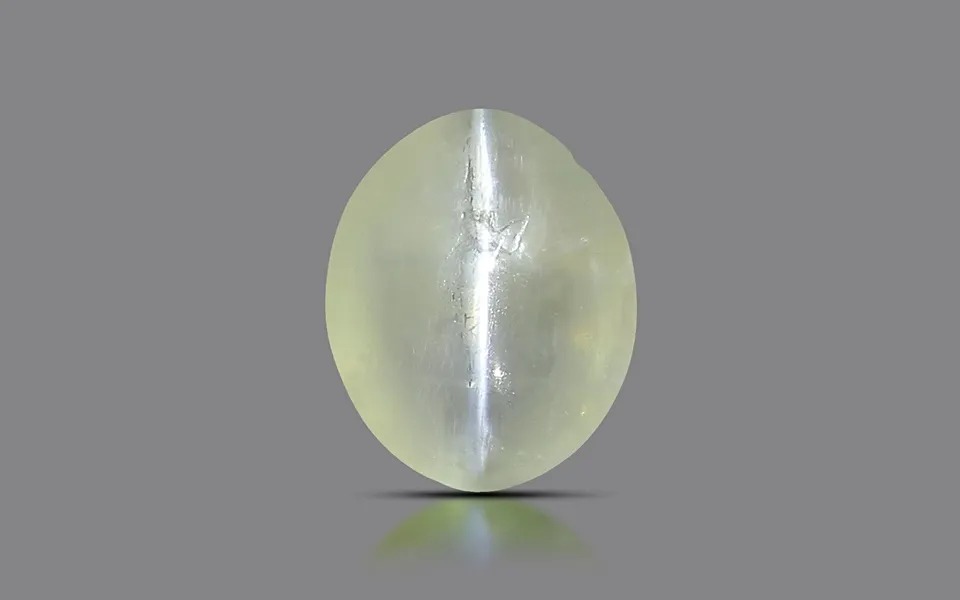
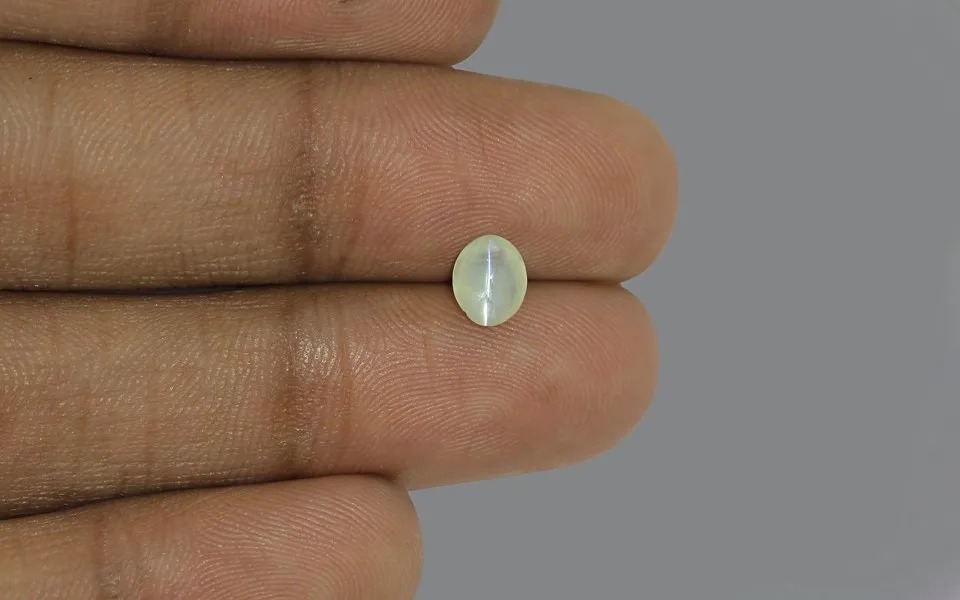
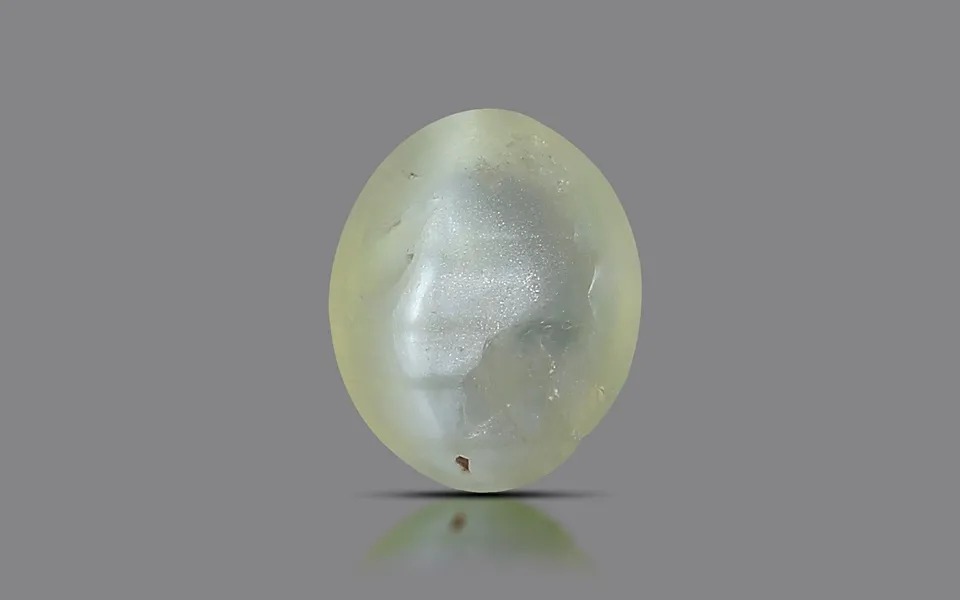
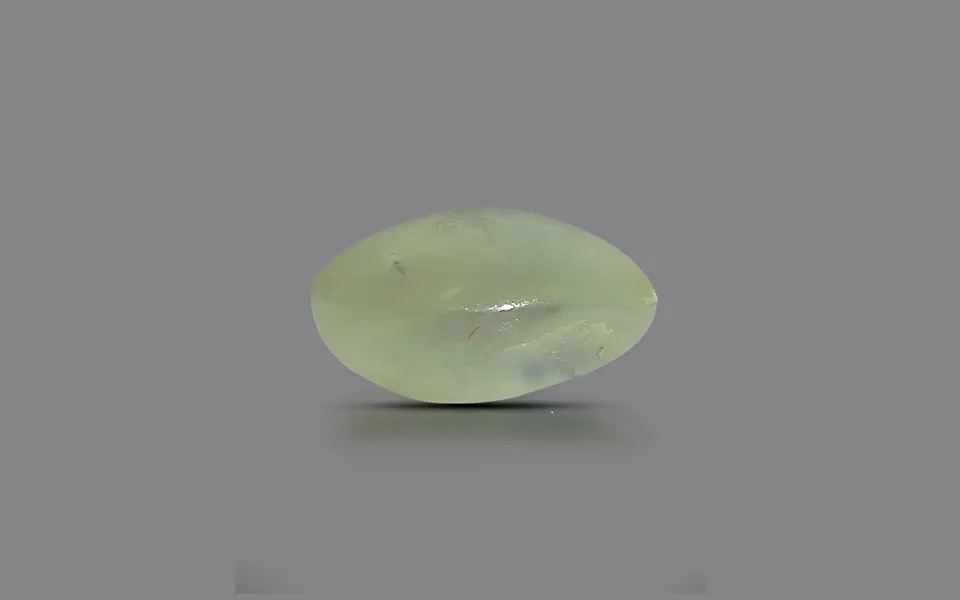
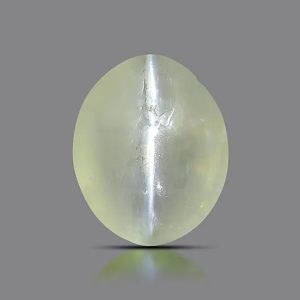

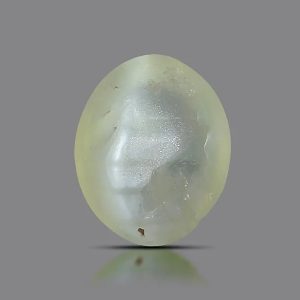
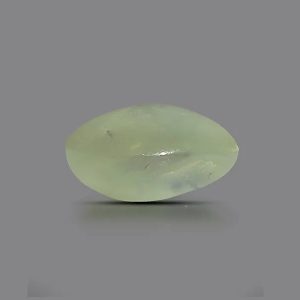
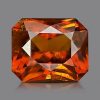

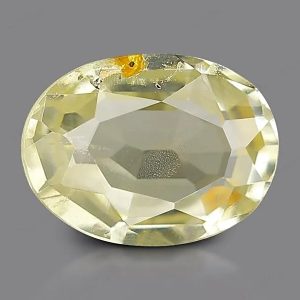
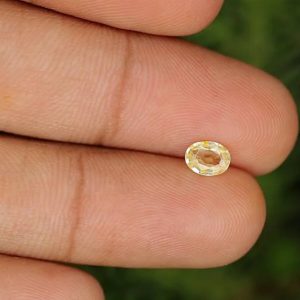
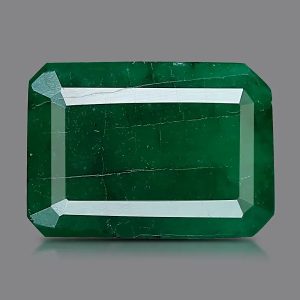
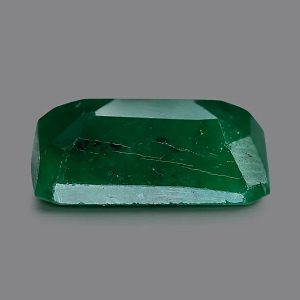

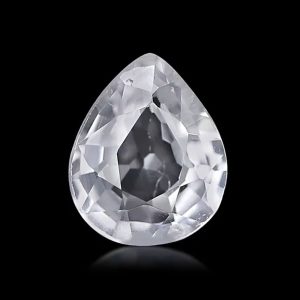

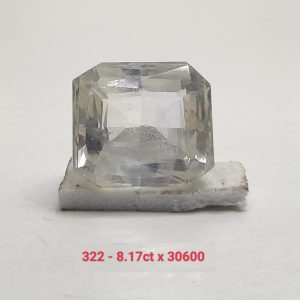
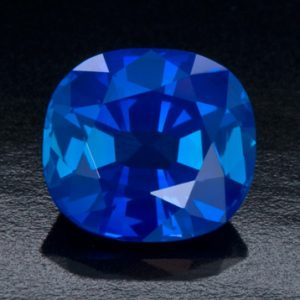
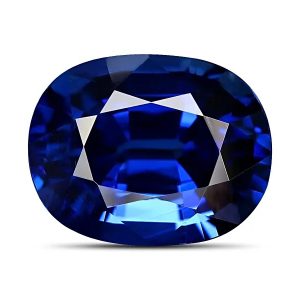
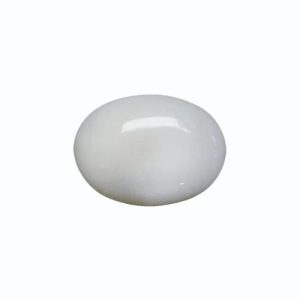

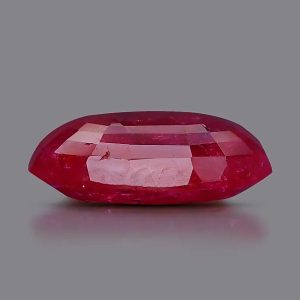
Reviews
There are no reviews yet.